October 2015 Grant Recipients
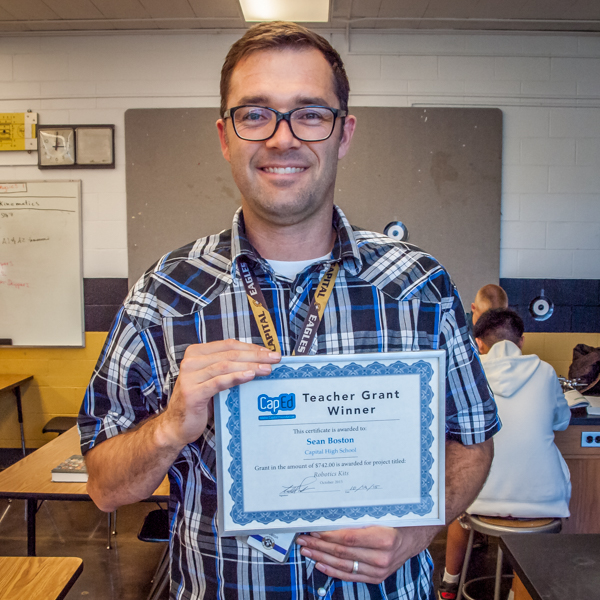
Robotics Kits
Sean Boston - Capital High School
$742.00
This affordable robotics kit utilizes servos, LEDs, piezo speaker, ultrasonic sensors, and light sensors to make a robot that can respond to and navigate through their environment. To program the robots, the Arduino software is used. This uses a graphical user interface (GUI) to simplify the programming process and make in more intuitive. This GUI uses blocks to organize and develop codes. Arduino is a free open source software. We already have computers available for using this software at my school. Ultimately, the students learn to code by playing and experimenting with robots.
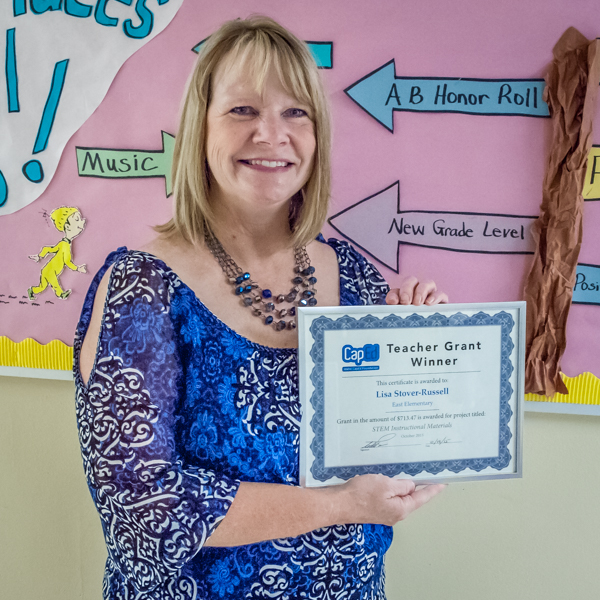
STEM Instructional Materials
Lisa Stover-Russell - East Elementary
$713.47
Expected Outcomes: students gaining higher level thinking skills; student engagement through meaningful hands-on activities which enhance the Common Core State Standards; better student understanding of STEM and how it relates to real world situations and college and career readiness. CCSS Standards and other curriculum standards in materials requested include: Operations and algebraic thinking, use rules to generate number patterns, writing and evaluating single-variable expressions, defining, evaluation, and comparing functions, problem solving and reasoning, science has a major influence on social and cultural change, light and vision, waves: (amplitude, wavelength, energy), science and engineering practices,symmetry, understand and measure angles, matter, energy can be converted from one form to another, forces & motion, text variables, break complex real-world problem into smaller problems, energy, resources, & environment, gravity, structure of matter,wind, weather conditions, mixtures, science and engineering practices, magnification, and observation and science process skills.
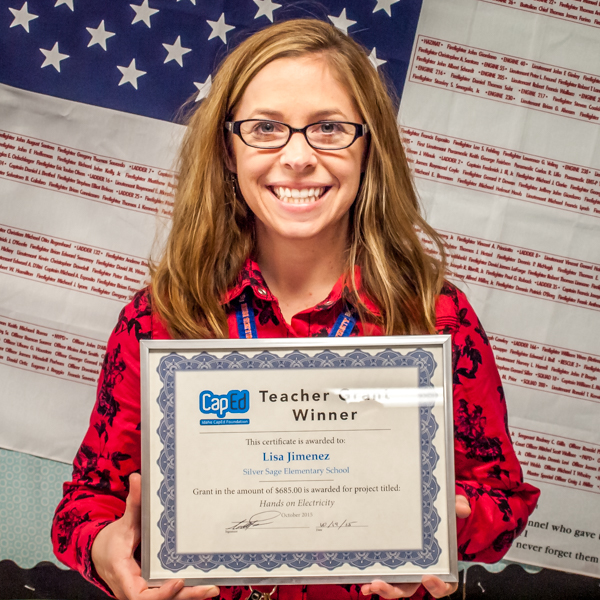
Hands On Electricity
Lisa Jimenez - Silver Sage Elementary
$685.00
The Little Bits project uses a series of premade circuits which students can move around and make light up. The kits can be used together to make a more complex circuit or separated so that more students can use the materials. The bits are color coded to show the purpose of each piece that they snap together with magnets creating safe, fool proof exploration. This will help students see the cause and effect relationship between different parts of circuits. Expected Outcome: Students will construct an electrical circuit and explain the relationships between circuits when one component is changed.
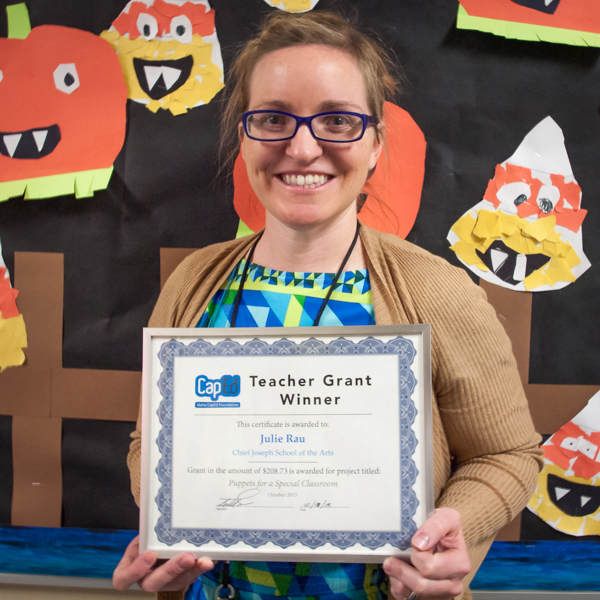
Puppets For A Special Classroom
Julie Rau - Chief Joseph School of the Arts Elementary
$208.73
Our students work to achieve their individual goals on their IEPs (Individual Education Plans). Currently I teach 16 students and all of my students have social skills goals in their IEPs. Puppets are a great way for my students to interact and role play situations in real life without the pressure of thinking others are judging them. Puppets can also be a great friend for students when making friends is very difficult. According to www.puppetsineducation.org, puppets can be a “powerful way of bringing story time to life; puppets can provide a focus for role play, encouraging the child's imagination and involvement in activities and can play a fundamental part in the recitation of stories and verse.” Again, I see the truth of this in my classroom.
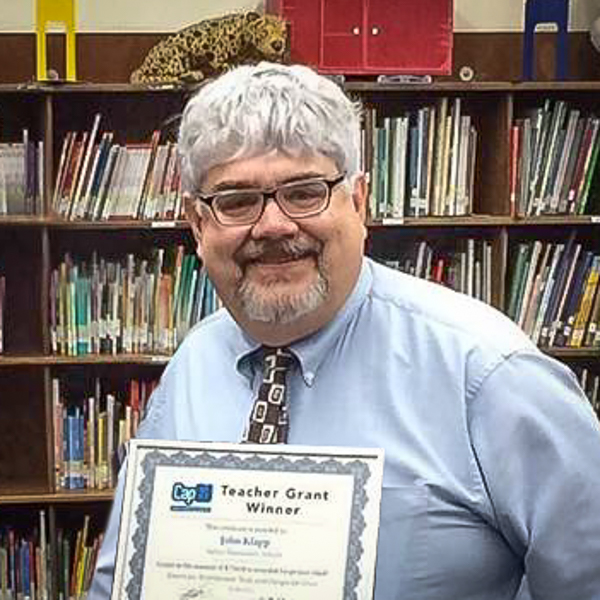
American Architecture: Style and Design for Lives
John Klapp - Seltice Elementary
$750.00
In this project students begin to study early Colonial styles of buildings, looking for answers to questions of why were the structures built the way they were and what influences did they bring with them from other countries. A recurring theme in this study is the effect that immigrants have had on design style in America. The pursuit of answers to such questions helps students develop their critical thinking skills as well as research abilities, both items that are important for success in the twenty-first century.
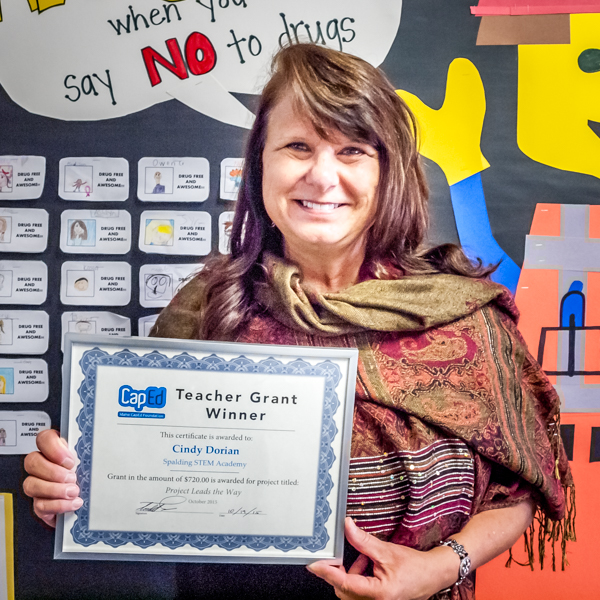
Project Leads the Way
Cindy Dorian - Spalding STEM Academy
$720.00
The Project Leads the Way curriculum is a well-researched program that provides extensive on-going teacher training. The students and I are very excited about this program. They have expressed their enthusiasm for the hands-on activities and problem solving challenges. To get the third grade unit funded would be so beneficial to students as they move through the grades. In order to teach Project Leads the Way with fidelity, it is essential for us to find a way to fund third grade so we may provide continuity through the grades, allowing all students the opportunity to love the engineering/design process.
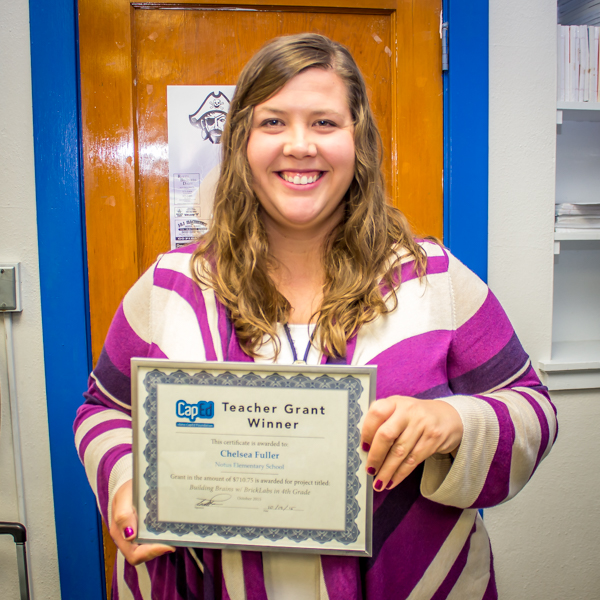
Building Brains with BrickLabs in 4th Grade
Chelsea Fuller - Notus Elementary
$710.75
Do you remember when you were in elementary school building bridges out of popsicle sticks or using math manipulatives? In my classroom, I strongly believe having project based learning experiences that all my 4th graders will remember forever. As their teacher, I bring new strategies and discovery learning to them on a daily basis paired with critical thinking. Providing a classroom BrickLab not only would help provide project based learning activities for my students, but for every student that comes through the 4th grade at Notus Elementary.
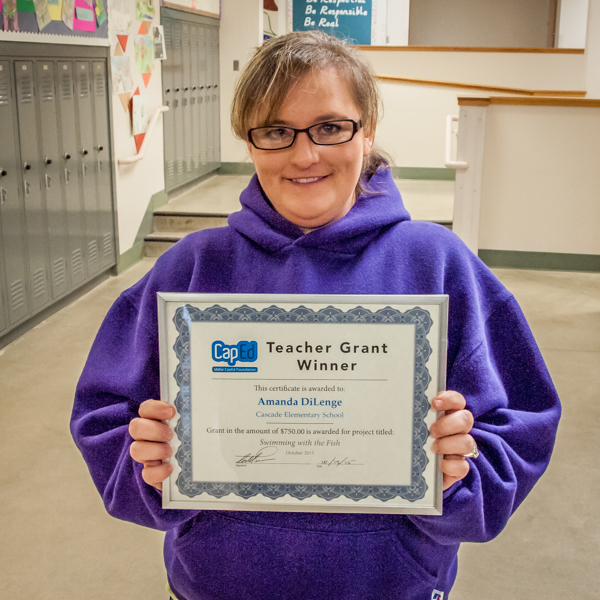
Swimming with the Fish
Amanda DiLenge - Cascade Elementary School
$750.00
Trout in the classroom is a hands on activity that inspires students to connect with real world experiences. Students raise fish from eggs to the time they are ready to be released. Students will be maintaining data and statistics on the fish, water quality, and temperature. They will also use data to track the path of various salmon as they travel from fresh water to ocean and back again. The data gained from the tracking will give students an opportunity to use mathematics skills to calculate time and distance of travel. Creating maps, images, and life cycle charts provides an avenue for artistic ability and creative thinking. The activity provides an opportunity to work in a cross curricular setting consisting of lessons in social studies, art, mathematics, ecology, and biology.